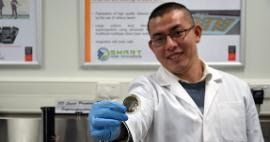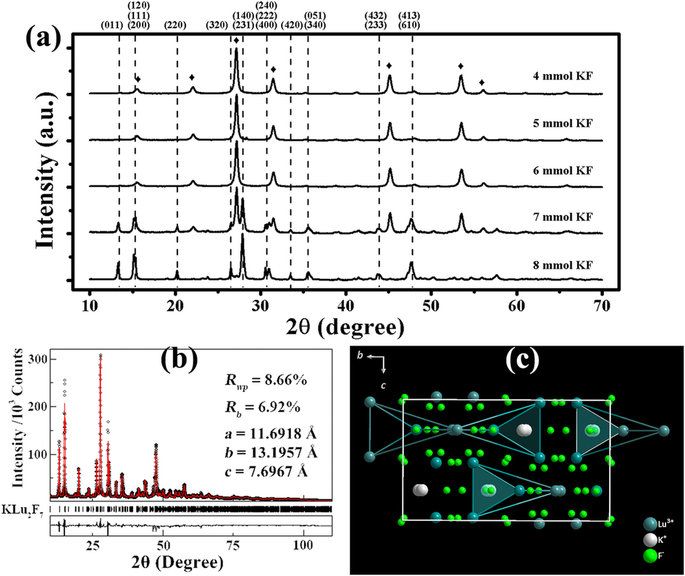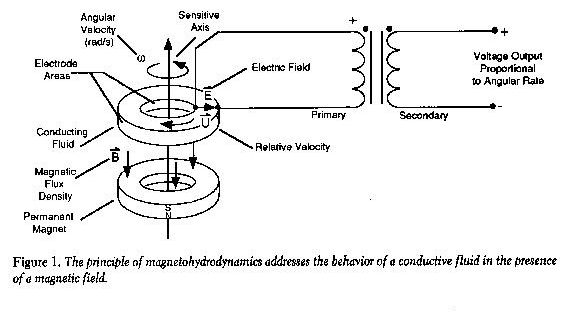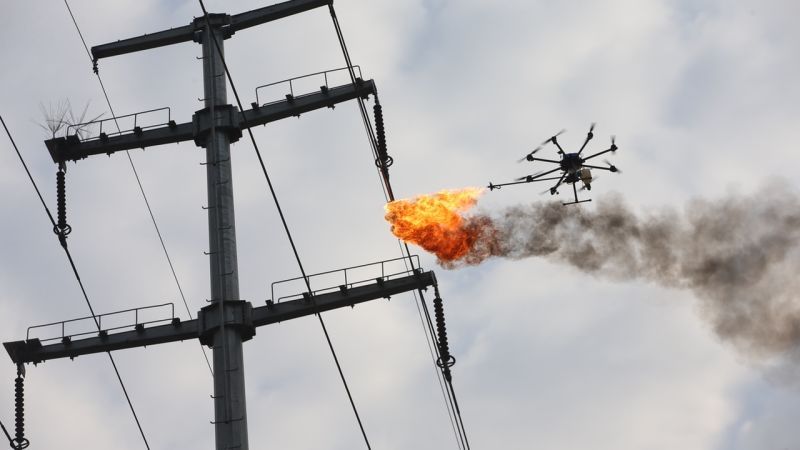Feb 27, 2017
Scientists Have Unveiled The World’s Most Powerful “Super Laser”
Posted by Shane Hinshaw in category: energy
British and Czech scientists have unveiled a new “super laser” that they claim is the most powerful pulse laser available today.
The laser was developed by Britain’s Central Laser Facility (CLF) and Czech research and development project HiLASE (high average power pulsed laser). The 22-ton device has been dubbed Bijov after a mythical Czech strongman, and it cost $48 million to build.
Bijov has an average power output of 1,000 watts — a world record for pulse lasers. It first crossed this “magical barrier” on December 16, 2016, and HiLASE physicist Martin Divoky told AFP that it is “10 times as powerful” as any other laser of the same type.
Continue reading “Scientists Have Unveiled The World’s Most Powerful ‘Super Laser’” »

















